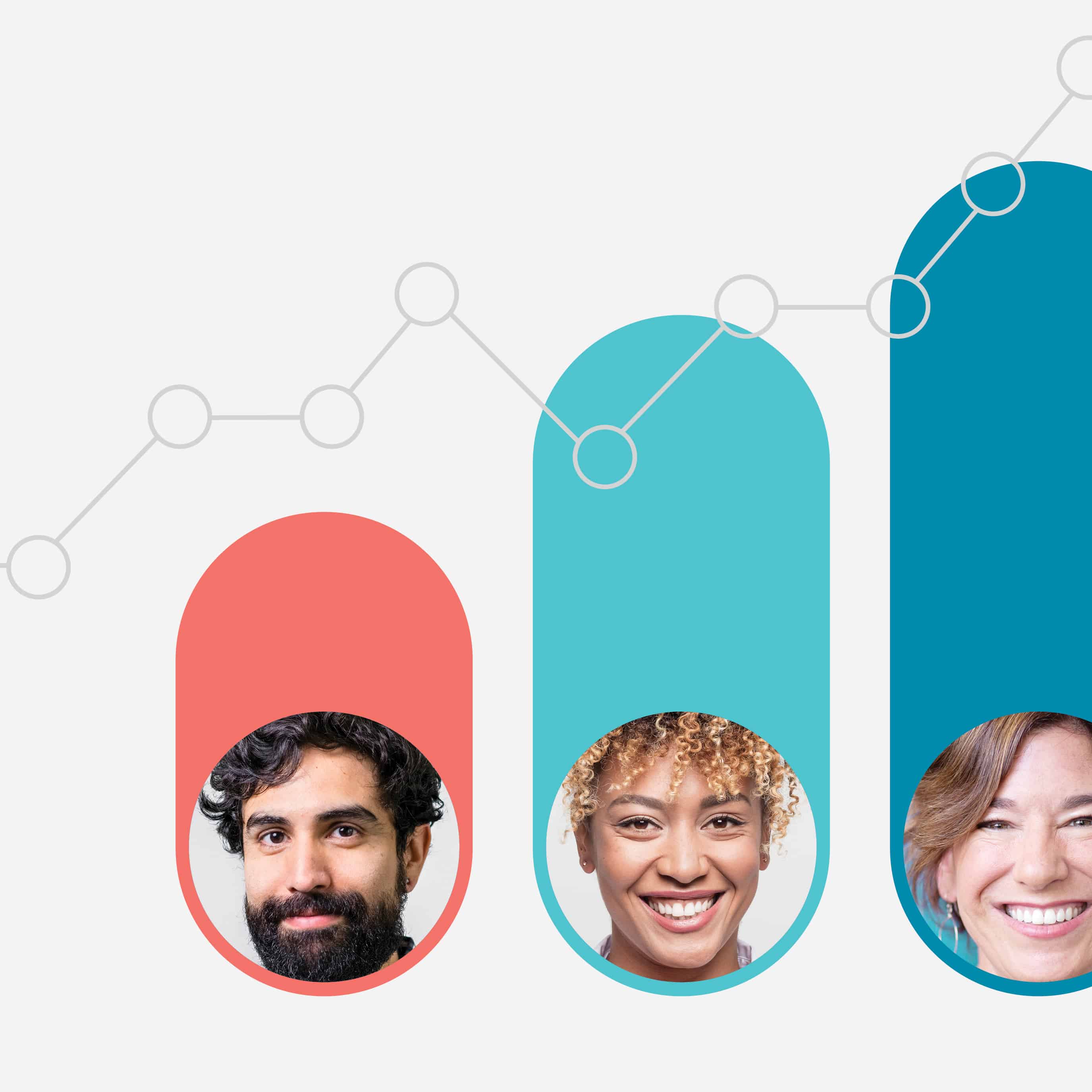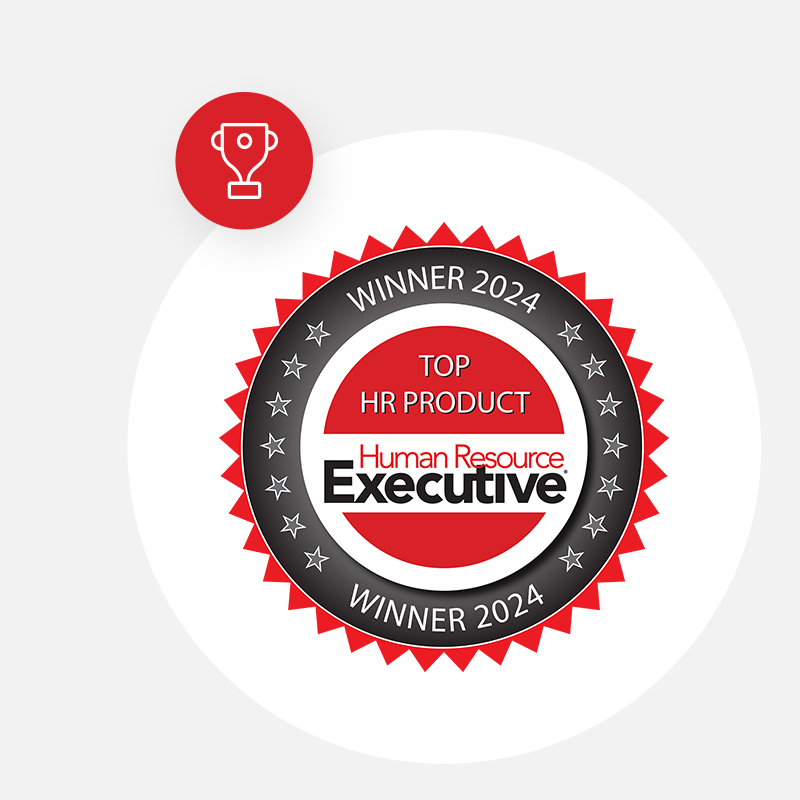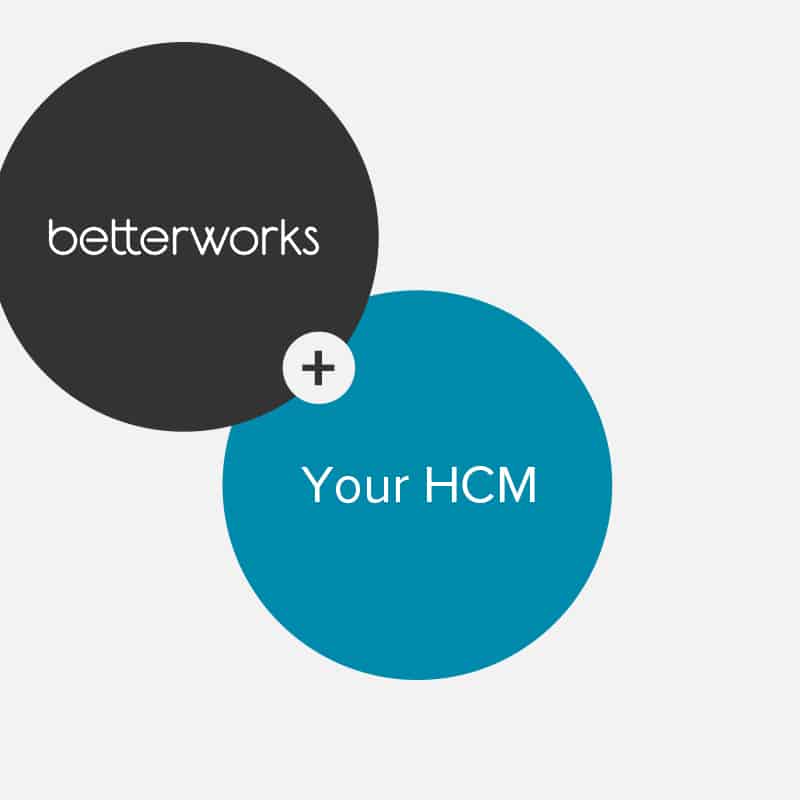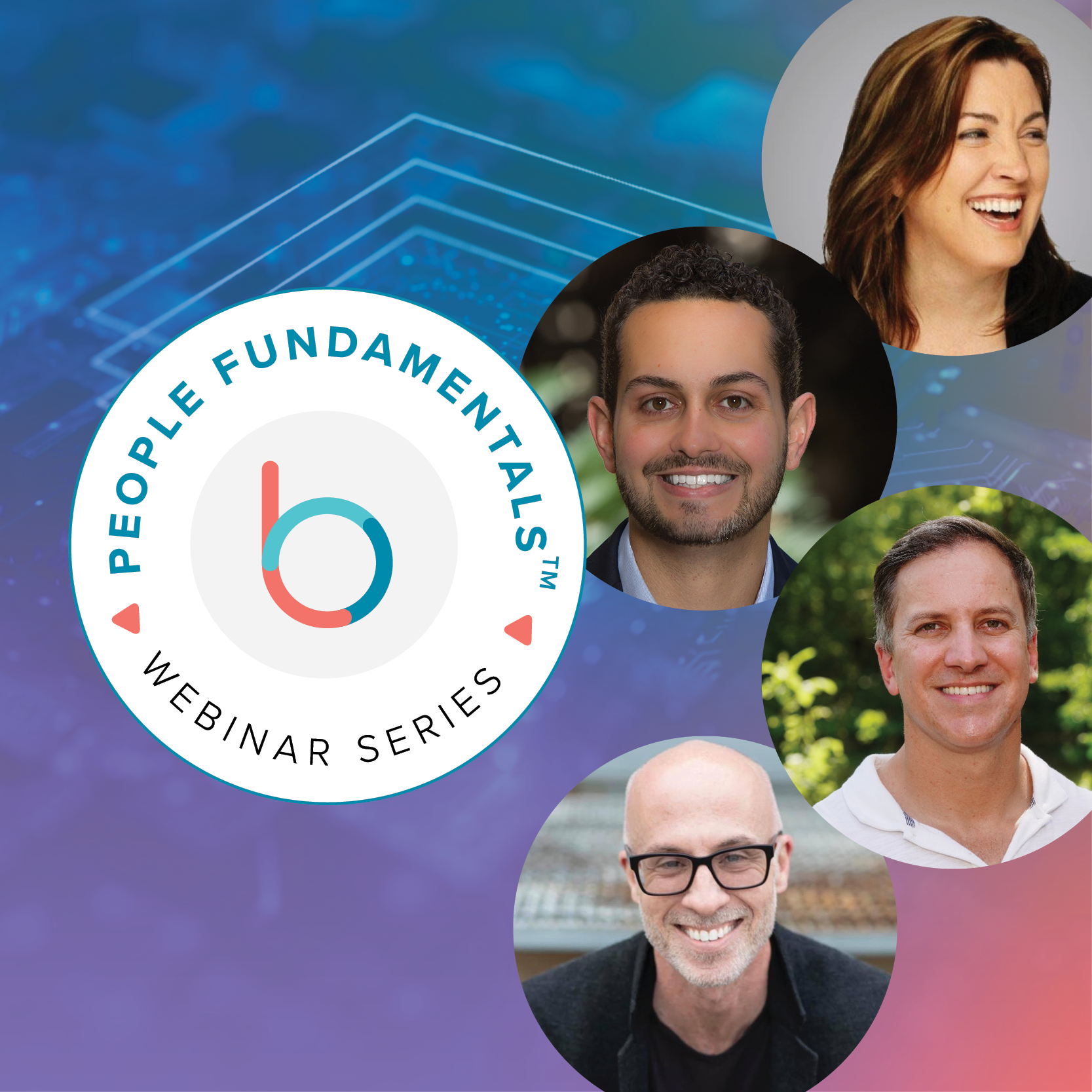In today’s technologically-driven world, business leaders are leveraging in-house organizational data to make informed workplace decisions and predictions. But with so much information, simply selecting the most important data is a full-time job. So how can enterprise leaders optimize their wealth of information and make the best decisions for their employees and the health of the organization’s they run?
Thankfully, technological advances have provided business leaders with software and methodology to track, process, and interpret worker-related data — a concept called workforce analytics.
What is workforce analytics?
Workforce analytics is a way to measure behaviors of individual contributors within an organization, analyze the results, and offer improvements on people and business performance. Typically, workforce analytics pull on statistical methods coupled with specific software to produce human resource-driven recommendations.
Why do workforce analytics matter?
The importance of workforce analytics can’t be understated. A deeper understanding of a company’s HR functionalities means a deeper understanding of their number one resource — their people. Depending on the desired area of focus, workforce analytics can help leaders develop their recruiting strategy, make better hiring decisions, quickly and successfully onboard new employees, and understand how to retain and grow their talent base.
Organizational design benefits from workforce analytics, too. With such in depth data, leaders can determine which departments or positions are redundant or could benefit from restructure. It’s easier to predict technological needs, assess additional or current software systems, and understand the efficacy of management structures.
This type of insight means leaders can have a better understanding of delegating responsibilities, creating performance objectives, and crafting strategic goals. This deep level of understanding on a structural and employee-specific level benefits everyone in an organization. Managers and individual contributors can make decisions aligned with top-level needs, reprioritize with agility, and see firsthand the impact of the OKRs they’ve created.
What’s the difference between workforce analytics and HR analytics?
Workforce and HR analytics have some overlap, but HR analytics is simply any set of analysis done by an HR person with the focus being on understanding HR processes, techniques, and methodologies.
You might see an HR analysis include questions about productivity or aspects about work itself. The end goal, however, is for HR-specific processes to improve or change. An example of HR analytics is diagnosing how to create a more streamlined hiring process.
What’s the difference between workforce analytics and people analytics?
Similarly with HR analytics, the difference between people and workforce analytics is in drilling down into the information. People analytics focus on, well, people! Work outputs like productivity or proposals are included in people analytics, but the definition also includes measurements about an individual contributor.
Topics like work-life balance, employee engagement, employee happiness, and personal fulfillment are included in people analytics. This analysis differs from workforce analytics because it doesn’t necessarily include work-related specifics. Perhaps, for example, leadership wants to know more about supporting employees working from home. Questions in this type of analysis might include asking about home-lives or personal preferences. The analysis, in other words, doesn’t simply focus on work, productivity, business value, or HR processes.
Examples of workforce analytics
- Employee management. Employee management and performance is generally one of the most usable examples of workforce analytics. Collecting data on daily management procedures, behavioral patterns, and how and when certain software is used could, for example, inform leadership on how to better sales performance.
- Retention. Turnover is costly, so taking a data-first approach to understanding retention rate is very valuable to leadership. Analyzing data like recruitment statistics, promotion rate, tenure, role, role variety, salary, and even physical location can shed light onto retention and turnover rates.
- Employee engagement. One of the most commonly deployed workforce analytics, employee engagement has been a key measurement of cultural health and individual happiness within an organization. Data collected for this purpose could include anything from weekly, emotion-first pulse checks to in-depth quarterly questionnaires regarding anything from satisfaction with parental leave policy to specific feedback on leadership.
- Training efficiency. Onboarding, training, and learning at work are important for companies not only to keep up with a constantly evolving work landscape, but also to fuel employees’ desires to stay and grow. Looking at onboarding procedures, agility in terms of decision-making, and when and how employees learn new skills all fall under training efficiency.
How to leverage workforce analytics for your business
A first step in leveraging workforce analytics for your business is to identify a software partner capable of understanding your unique business needs to provide you with the insights necessary to make better decisions. Betterworks’ enterprise software solution provides best-in-class employee and business performance analytics. Learn more about how we partner with clients for data-driven, real results.










